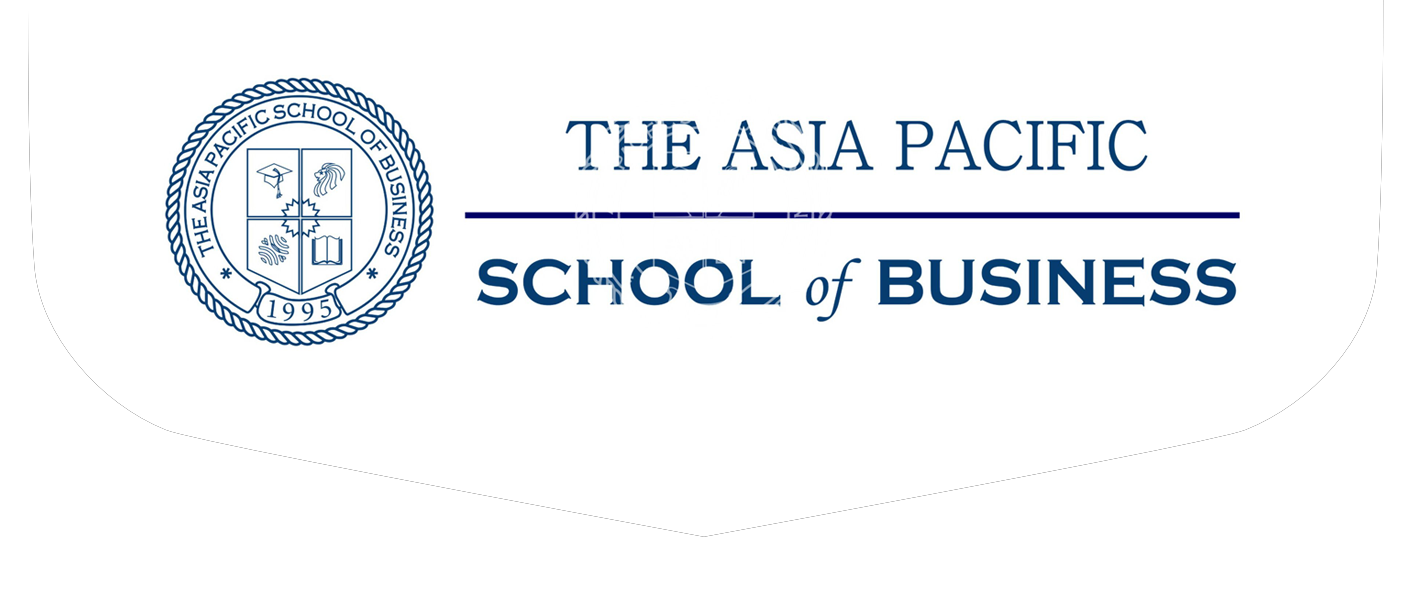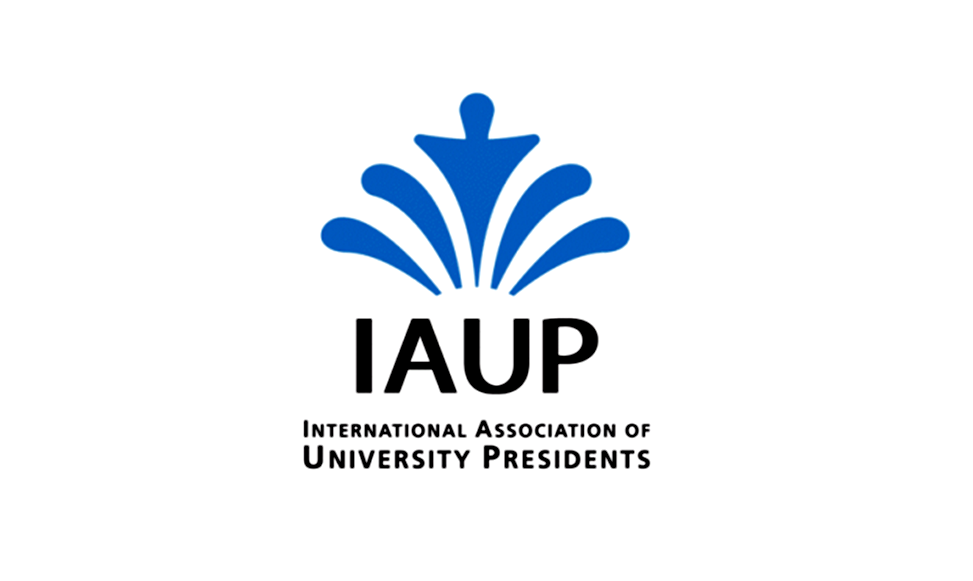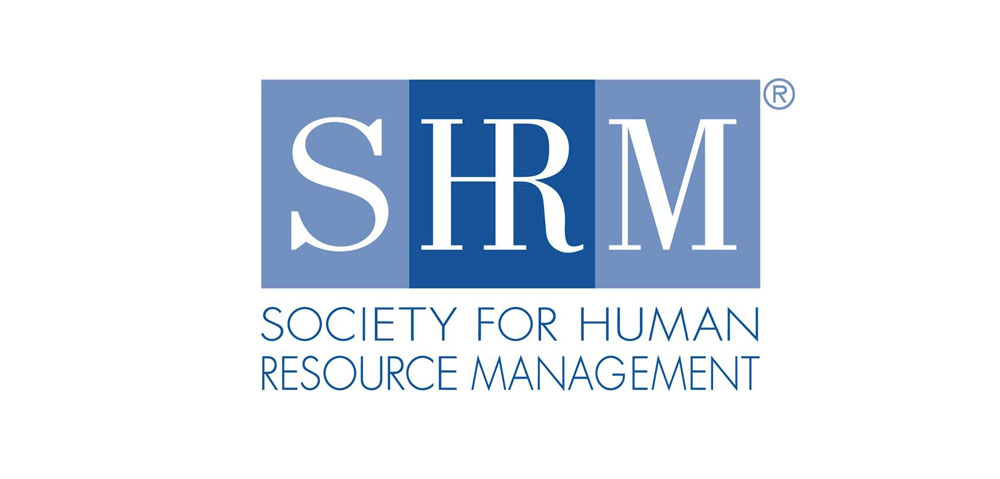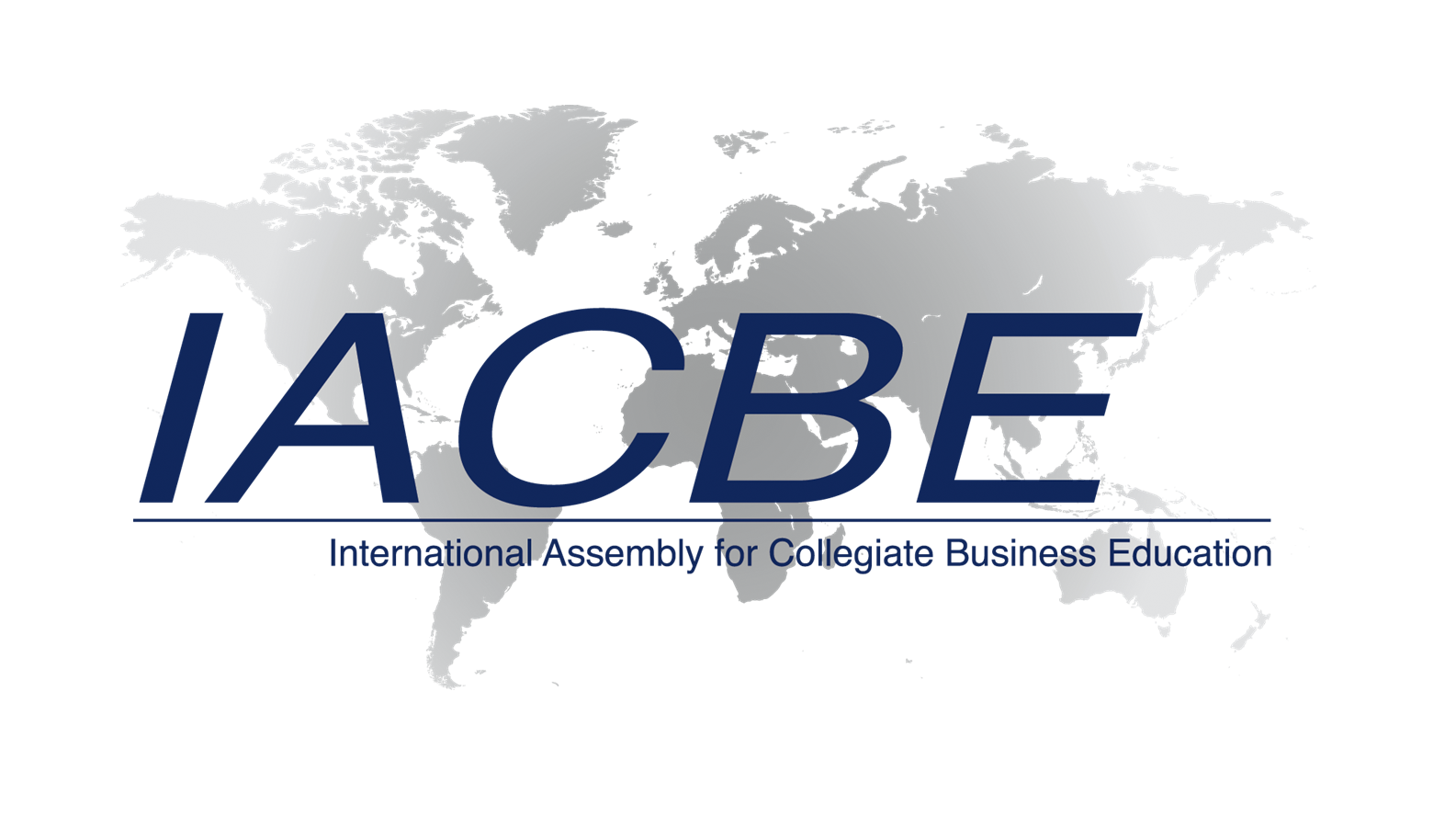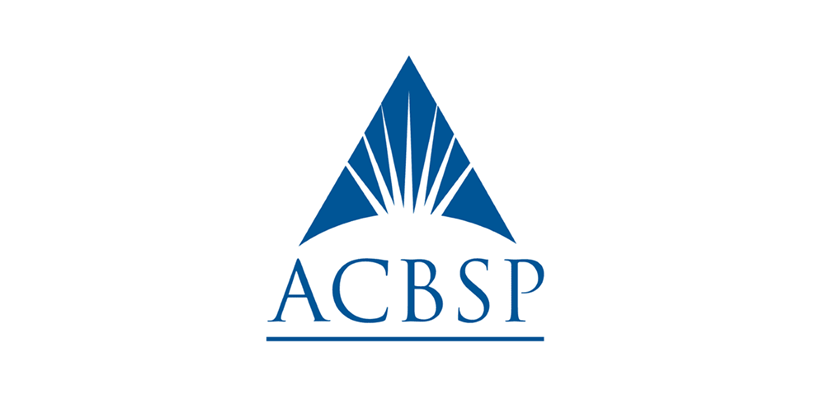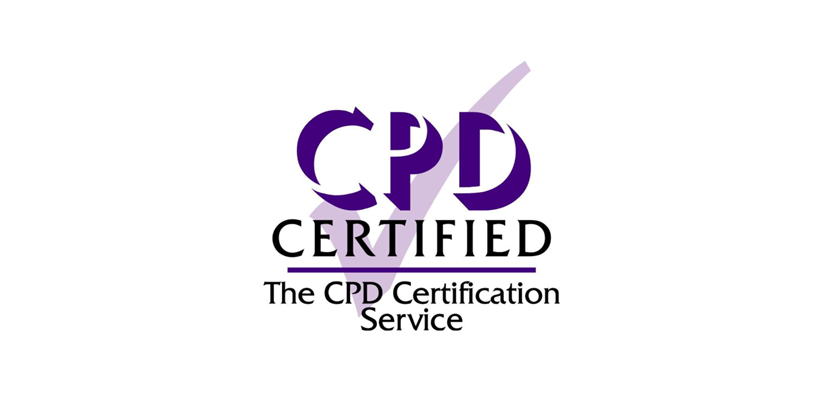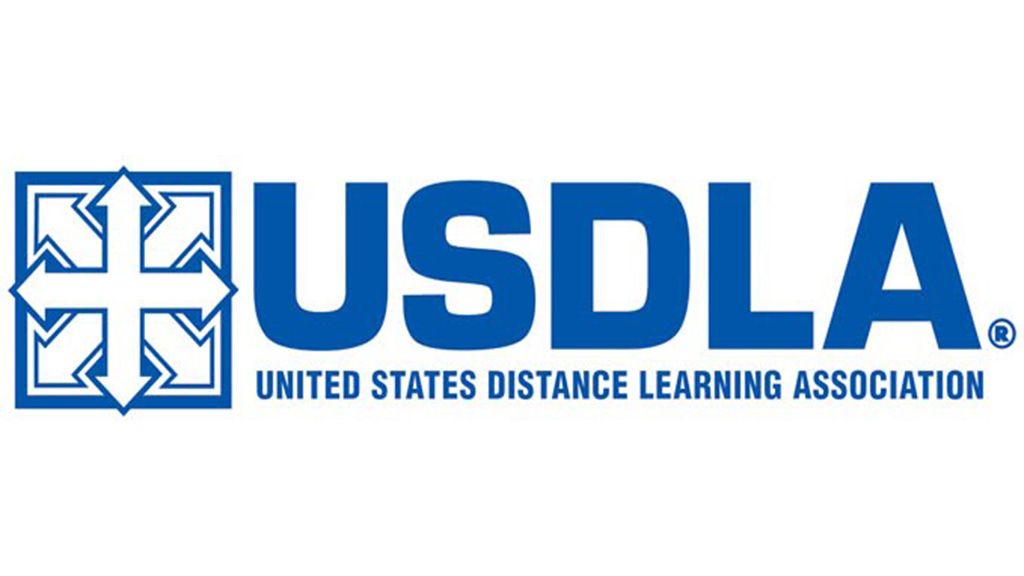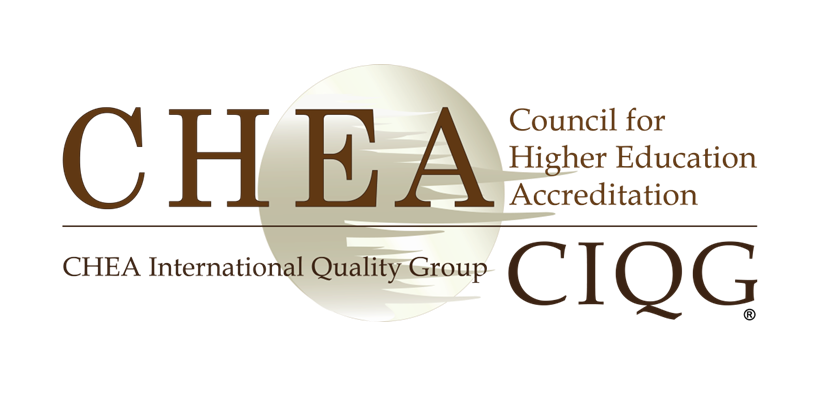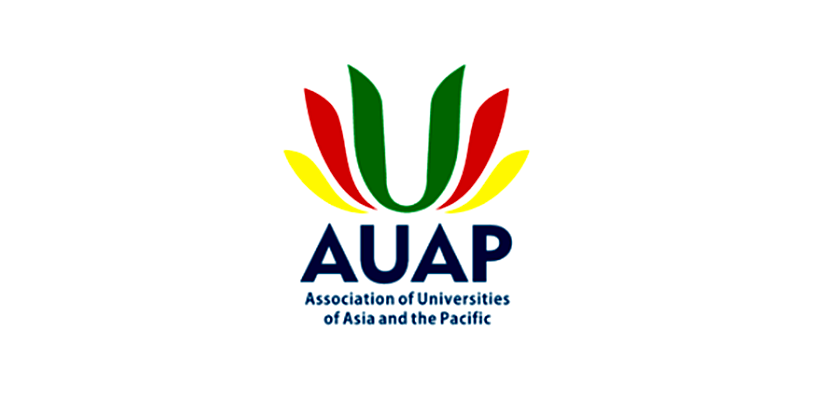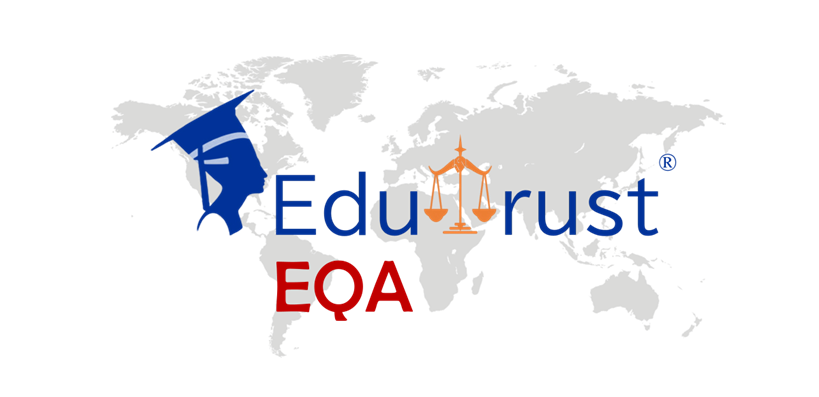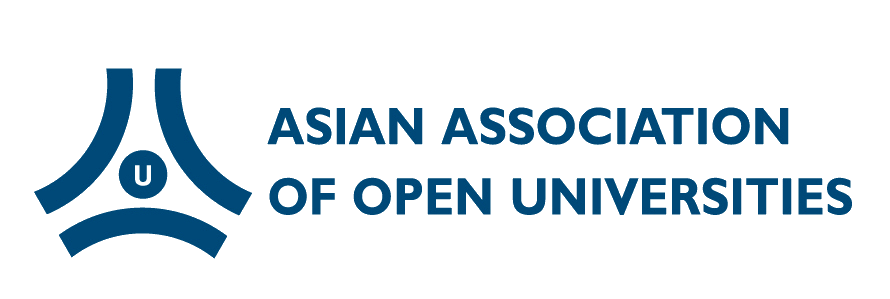Events
The Transition from Higher Education 4.0 to 5.0: Connotations, Requirements, and Challenges

The Transition from Higher Education 4.0 to 5.0: Connotations, Requirements, and Challenges
Ms. Mika Kin, Chairperson of the Supervisory Board, The Asia Pacific School of Business
Abstract
This paper explores the evolutionary trajectory of higher education from the 4.0 to the 5.0 era, analyzing its connotations, societal requirements, and systemic challenges. Drawing on global policy frameworks, academic research, and practical cases, it delineates the paradigm shift from technology-driven digitization (4.0) to human-centric intelligence integration (5.0). By examining how universities adapt through curriculum innovation, pedagogical transformation, and institutional reforms, this study provides a comprehensive roadmap for higher education institutions to navigate the complexities of the 21st century.
Keywords: Higher Education 4.0, Higher Education 5.0, Digital Transformation, AI Integration, University Adaptation
1. Introduction
The Fourth Industrial Revolution (4IR) has precipitated a fundamental reconfiguration of global higher education systems. As digital technologies—artificial intelligence (AI), virtual reality (VR), blockchain, and the Internet of Things (IoT)—permeate every facet of society, traditional models of knowledge dissemination and skill development are increasingly obsolete. Higher Education 4.0, characterized by technology-driven digitization and personalized learning, emerged as a response to these changes. However, the rapid advancement of generative AI and the proliferation of smart systems necessitate a new paradigm: Higher Education 5.0. This iteration transcends mere technological integration, emphasizing human-centric intelligence, ethical innovation, and sustainable development.
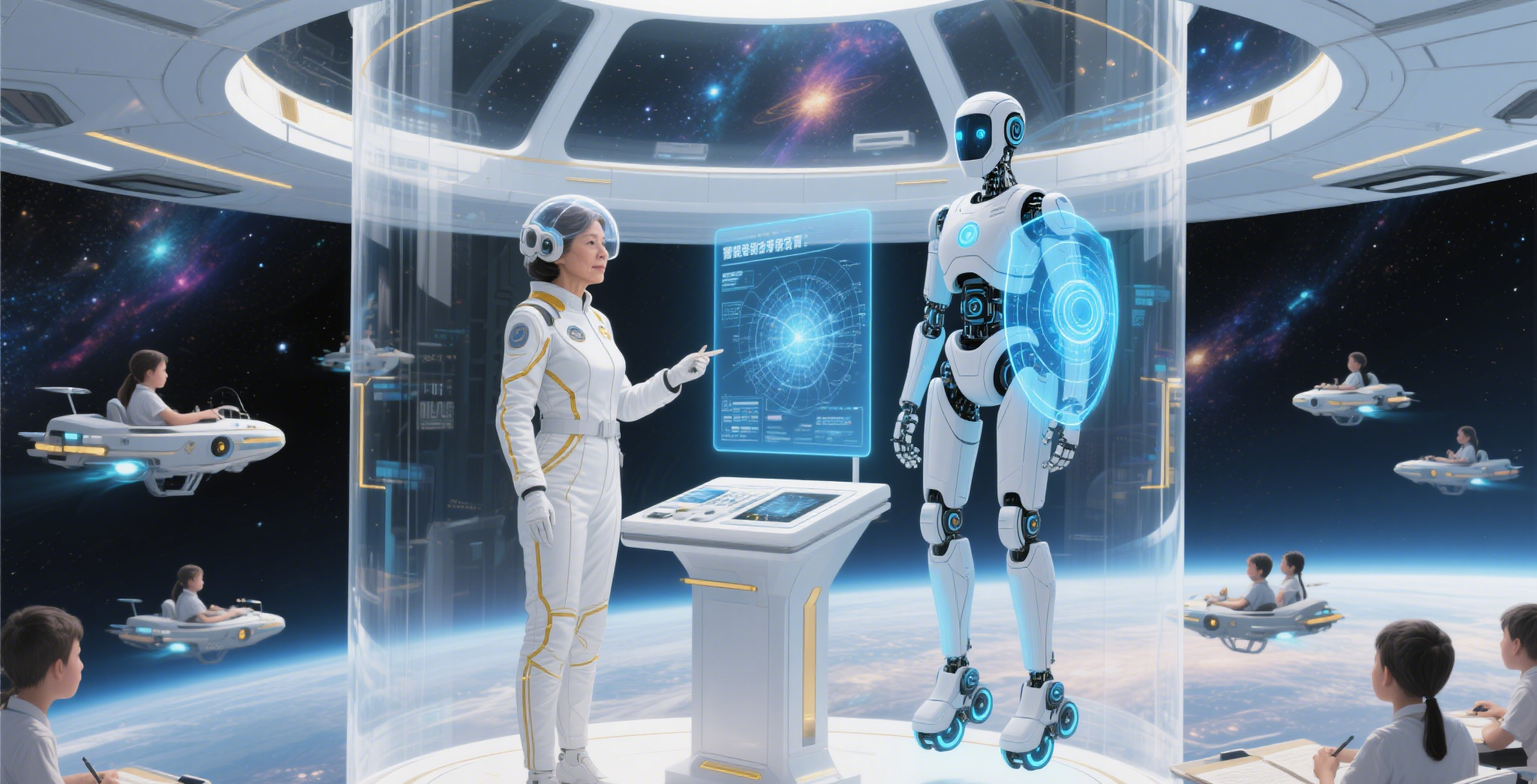
Against this backdrop, universities face dual imperatives: to adapt to the demands of an AI-augmented workforce and to address pressing global challenges such as climate change, inequality, and technological disintermediation. This paper synthesizes insights from UNESCO’s *A New Social Contract for Education* , the World Economic Forum’s *Future of Jobs Report* , and national strategies (e.g., China’s *Education Digitalization Strategic Action* ) to chart the transition from 4.0 to 5.0. By examining concrete case studies—including Peking University’s virtual simulation laboratories and the Asia-Pacific Business School’s "Global Campus Initiative" —it illuminates actionable pathways for universities to thrive in the 5.0 era.
2. The Connotations of Higher Education 4.0 and 5.0
2.1 Higher Education 4.0: The Era of Technological Disruption
Higher Education 4.0, conceptualized in the mid-2010s, represents a convergence of digital technologies and educational practices. Its core tenets include:
1. Personalized Learning: Adaptive algorithms and big data analytics enable tailored curricula, as seen in Tsinghua University’s "Knowledge Neuron" dynamic mapping system .
2. Global Connectivity: MOOCs (Massive Open Online Courses) and virtual exchange programs foster cross-cultural collaboration, exemplified by the University of Queensland’s AI-driven peer learning platforms .
3. Lifelong Learning: Continuous skill development is prioritized, with institutions like Singapore’s NUS offering microcredentials in AI ethics .
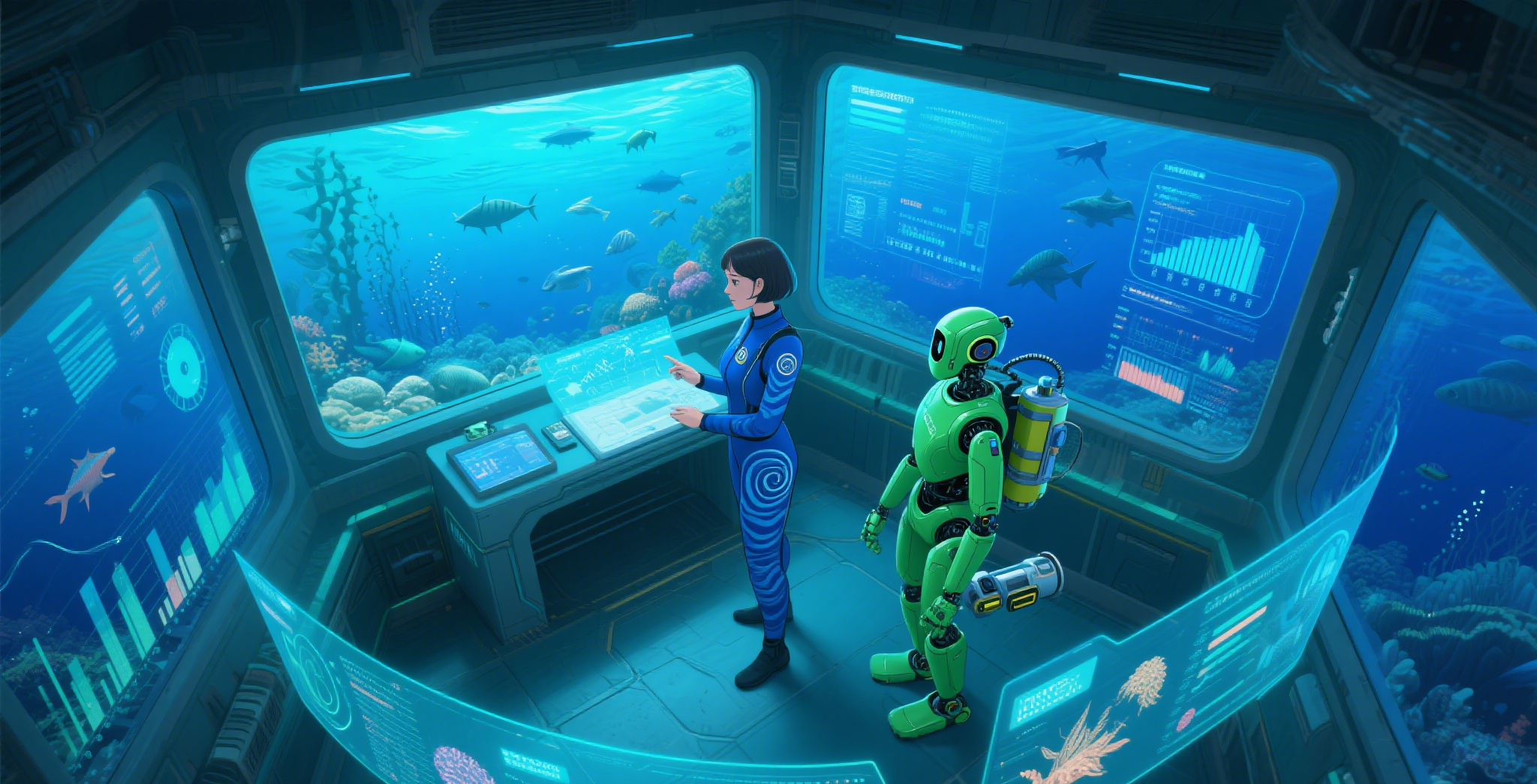
However, Higher Education 4.0 has faced criticism for its overemphasis on technological tools rather than holistic human development. The 2023 UNESCO report highlights that less than 10% of universities worldwide have integrated AI ethics into their curricula , exposing a critical gap between technological innovation and ethical responsibility.
2.2 Higher Education 5.0: Human-Centric Intelligence and Sustainable Development
Higher Education 5.0 builds on 4.0’s foundation while addressing its limitations. It is defined by six interrelated dimensions :
1. Active and Agentic Learning: Students engage in problem-solving through AI-augmented tools, such as Peking University’s virtual dental surgery simulators .
2. Ethical AI Integration: Universities must cultivate "AI literacy," teaching students to discern algorithmic bias and protect data privacy, as emphasized in the University of Oxford’s "AI and Society" program .
3. Interdisciplinary Collaboration: Complex global challenges (e.g., pandemics, climate crises) require cross-disciplinary approaches, as demonstrated by the Asia-Pacific Business School’s "Quantum Medicine and Traditional Chinese Medicine" joint research center .
4. Open and Collaborative Learning: Blockchain-based credentialing systems (e.g., MIT’s Blockcerts) and virtual research environments (VREs) enable seamless knowledge sharing .
5. Lifelong Resilience: Institutions must prepare students for career volatility through modular programs and adaptive skill frameworks, as outlined in Australia’s *National Skills Commission Report* .
6. Sustainable Development: Education aligns with the UN SDGs, integrating circular economy principles into curricula, as seen in the University of Tokyo’s "Social 5.0" sustainability initiatives .
A critical distinction between 4.0 and 5.0 lies in their ontological assumptions. While 4.0 views technology as a tool for efficiency, 5.0 reimagines it as a co-creator of educational ecosystems. This shift is encapsulated in the concept of wisdom capital, where "learning competence" supersedes "academic credentials" .
3. Societal Requirements Driving the Transition to Higher Education 5.0
3.1 The 4IR Workforce: Skills for an AI-Augmented Economy
The World Economic Forum predicts that by 2030, 40% of core job skills will change due to automation . Higher Education 5.0 must cultivate:
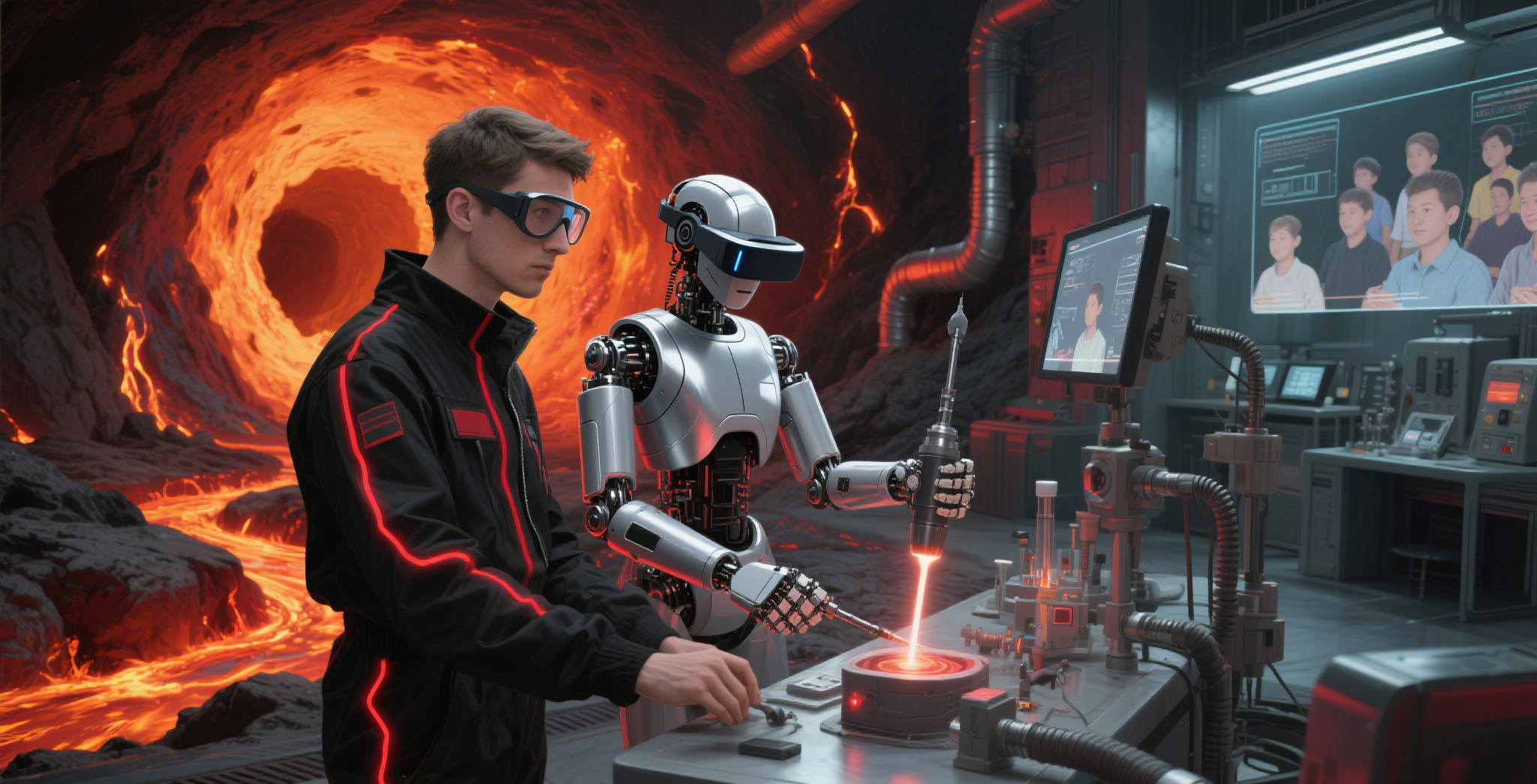
- Advanced Cognitive Skills: Critical thinking, systems analysis, and creative problem-solving, as highlighted in the *AI Literacy Framework* developed by UNESCO .
- Human-Centric Skills: Empathy, emotional intelligence, and cross-cultural communication, which AI struggles to replicate .
- Techno-Ethical Competence: The ability to navigate AI governance frameworks and mitigate algorithmic harm, as taught in Carnegie Mellon University’s "AI Policy Lab" .
3.2 Global Challenges and Sustainable Development
Climate change, biodiversity loss, and social inequity demand urgent action. Higher Education 5.0 institutions must:
- Integrate Sustainability into Curricula: Programs like ETH Zurich’s "Circular Economy Engineering" blend technical expertise with ecological responsibility .
- Foster Civic Engagement: Service-learning initiatives, such as the University of Cape Town’s "Community Innovation Labs," address local and global challenges .
- Promote Digital Inclusion: Initiatives like China’s "MOOCs for Western Regions" bridge the digital divide by providing free online courses to under-resourced universities .
3.3 Demographic and Geopolitical Shifts
By 2050, global higher education enrollment is projected to reach 3.8 billion , with Africa and Asia accounting for 70% of this growth. This demographic surge necessitates:
- Scalable, Equitable Models: India’s "Digital University" and Vietnam’s "ASEAN Youth Leadership Program" exemplify regional strategies to expand access .
- Culturally Responsive Pedagogy: Universities must incorporate local knowledge systems, as seen in the University of Ghana’s "Indigenous Knowledge and AI" program .
4. Challenges in Implementing Higher Education 5.0
4.1 Technological Disparities and Ethical Risks
While developed nations invest heavily in AI infrastructure, 60% of universities in low-income countries lack basic internet access . This digital divide exacerbates inequity, as seen in the contrasting outcomes of AI-driven personalized learning in Stanford University versus rural Nigerian institutions . Ethical risks, including academic dishonesty (e.g., AI-generated essays) and data exploitation, further complicate implementation .

4.2 Resistance to Pedagogical Transformation
Faculty resistance remains a significant barrier. A 2024 survey by the American Council on Education found that only 35% of professors felt adequately trained to integrate AI into their teaching . Traditional assessment methods (e.g., exams) often clash with 5.0’s emphasis on project-based learning, requiring systemic reforms.
4.3 Governance and Funding Constraints
Higher Education 5.0 demands agile governance structures and sustained funding. However, many universities operate under bureaucratic systems ill-suited for rapid innovation. For example, the University of California system’s decentralized governance slowed its adoption of AI ethics protocols . Public funding cuts, particularly in post-pandemic contexts, further hinder progress .
5. University Adaptation Strategies for Higher Education 5.0
5.1 Curriculum Redesign: From Discipline-Specific to Transdisciplinary
- Microcredentials and Modular Programs: The Massachusetts Institute of Technology (MIT) offers "AI for Business" microcredentials, allowing professionals to upskill without full-degree commitments .
- Problem-Based Learning (PBL): The Hong Kong University of Science and Technology (HKUST) uses AI to simulate real-world scenarios, such as managing a smart city’s energy grid .
- Ethics Integration: All programs at the University of Cambridge include mandatory modules on AI ethics and societal impact .
5.2 Pedagogical Innovation: Harnessing AI as a Co-Creative Partner
- Intelligent Tutoring Systems (ITS): Peking University’s "AskPeking" AI assistant provides 24/7 personalized feedback, improving student engagement by 40% .
- Virtual Reality (VR) and Augmented Reality (AR): The University of Melbourne’s "Surgical Simulation Lab" uses haptic feedback technology to train medical students .
- Blockchain for Credentialing: The Open University (UK) employs blockchain to verify microcredentials, enhancing their global recognition .
5.3 Faculty Development: Building AI Literacy and Digital Pedagogy

- AI Training Institutes: Tsinghua University established the "AI Teaching Academy" to train faculty in AI-driven instructional design .
- Scholarship on AI Education: The University of Edinburgh funds research on AI’s impact on learning outcomes, informing evidence-based practices .
- Peer Learning Communities: The "Global Teaching Labs" initiative connects educators worldwide to share best practices in AI integration .
5.4 Institutional Governance: Agile Structures for Innovation
- Cross-Functional Task Forces: The University of Sydney formed a "Future of Learning Taskforce" comprising faculty, IT specialists, and industry partners to co-design AI policies .
- Open Innovation Ecosystems: Singapore’s NUS partners with tech giants like Google and DBS Bank to co-develop AI curricula .
- Sustainability-Oriented Metrics: The University of Copenhagen includes carbon neutrality in its institutional KPIs, aligning operations with SDG 13 .
5.5 Global Collaboration: Building a Networked Higher Education Ecosystem
- International Consortia: The "Global University Network for Innovation (GUNI)" facilitates knowledge exchange on AI ethics and sustainability .
- Virtual Exchange Programs: The Erasmus+ program’s "Virtual Mobility" initiative allows students to collaborate on cross-border AI projects .
- South-South Cooperation: The "African Virtual University" (AVU) provides AI training to educators across the continent, leveraging regional expertise .
6. Case Studies in Higher Education 5.0 Implementation
6.1 The Asia Pacific School of Business: Blending Tradition and Technology
The Asia Pacific School of Business (APSB) exemplifies Higher Education 5.0 principles through its "Smart Core System" . This AI-driven platform integrates:
- OMO (Online-Merge-Offline) Teaching: Real-time analytics track student engagement in hybrid classrooms.
- Global Citizenship Programs: Partnerships with Vietnamese universities (e.g., Hanoi University) offer dual degrees in "ASEAN Digital Economy," fostering cross-cultural competence.
- Sustainability Initiatives: APSB’s "Green Campus" program reduces carbon emissions by 30% while integrating circular economy principles into MBA curricula.
6.2 Peking University: Advancing AI-Driven Medical Education
Peking University’s School of Stomatology uses VR and haptic feedback to simulate dental procedures . The system:
- Provides Real-Time Feedback: AI algorithms analyze 12 parameters (e.g., pressure, trajectory) to guide students.
- Enhances Access: Over 87 medical schools in China use this platform, democratizing access to high-quality training.
- Ethical Integration: Students undergo mandatory training in AI ethics, including patient data privacy and algorithmic bias mitigation.
6.3 Massachusetts Institute of Technology (MIT): Blockchain for Lifelong Learning
MIT’s "Blockcerts" initiative uses blockchain to verify microcredentials and badges . Key features include:
- Decentralized Verification: Employers can authenticate credentials without third-party intermediaries.
- Modular Learning Pathways: Students combine badges from different institutions to create personalized skill portfolios.
- Global Recognition: Blockcerts are accepted by over 200 universities and corporations worldwide.
7. Conclusion
Higher Education 5.0 represents a radical reimagining of education’s role in society—from a knowledge-dissemination hub to a dynamic ecosystem that cultivates wisdom, resilience, and ethical leadership. While challenges like technological inequity and governance inertia persist, universities that embrace human-centric AI integration, transdisciplinary curricula, and global collaboration will emerge as leaders in shaping the future. As UNESCO emphasizes, "Education is not just a mirror of society; it is a force to transform it" . By aligning with the principles of Higher Education 5.0, institutions can empower learners to address the world’s most pressing challenges while fostering inclusive, sustainable development.
References
1. UNESCO. (2021). *A New Social Contract for Education*. Paris: UNESCO.
2. World Economic Forum. (2024). *The Future of Jobs Report 2024*. Geneva: WEF.
3. Dong Yan. (2024). Active learning in the era of education 5.0. *China Distance Education*, 45(3), 12-25.
4. Zhao, Z., & Rong, T. T. (2025). Leveraging AI for Higher Education Transformation. *Development Research Center of the State Council*.
5. Ministry of Education. (2023). *National Education Digitalization Strategic Action Implementation Plan*. Beijing: Ministry of Education of the People's Republic of China.
6. Guangming Online. (2025). The impact of general artificial intelligence on higher education. *Guangming Online*.
7. East China Information Construction Office of China University of Petroleum. (2023). Countries plan and implement higher education digitalization strategies. *East China Information Construction Office of China University of Petroleum*.
8. Ministry of Education of the People's Republic of China. (2023). Make up for shortcomings, raise the bottom, grasp key digital empowerment and promote fairness. *Ministry of Education of the People's Republic of China*.
